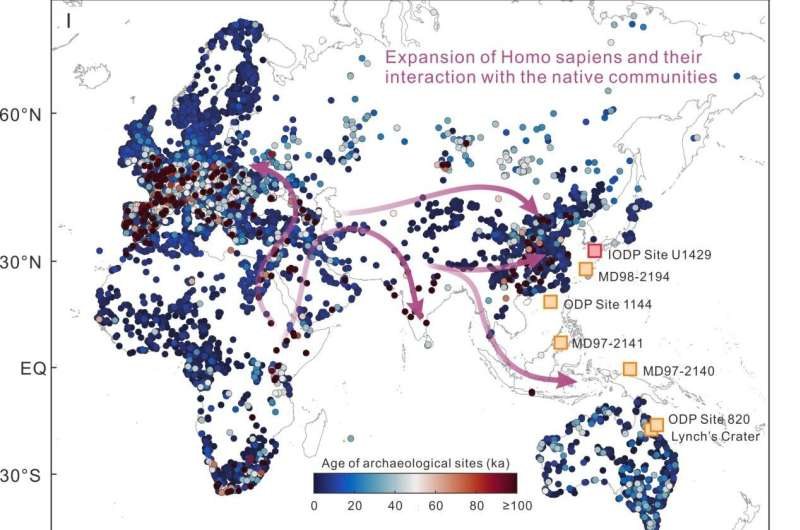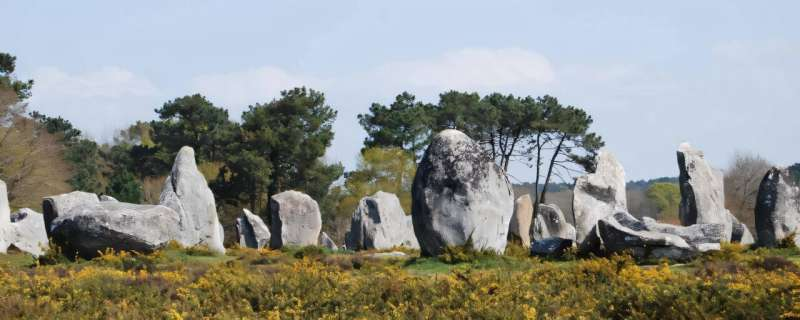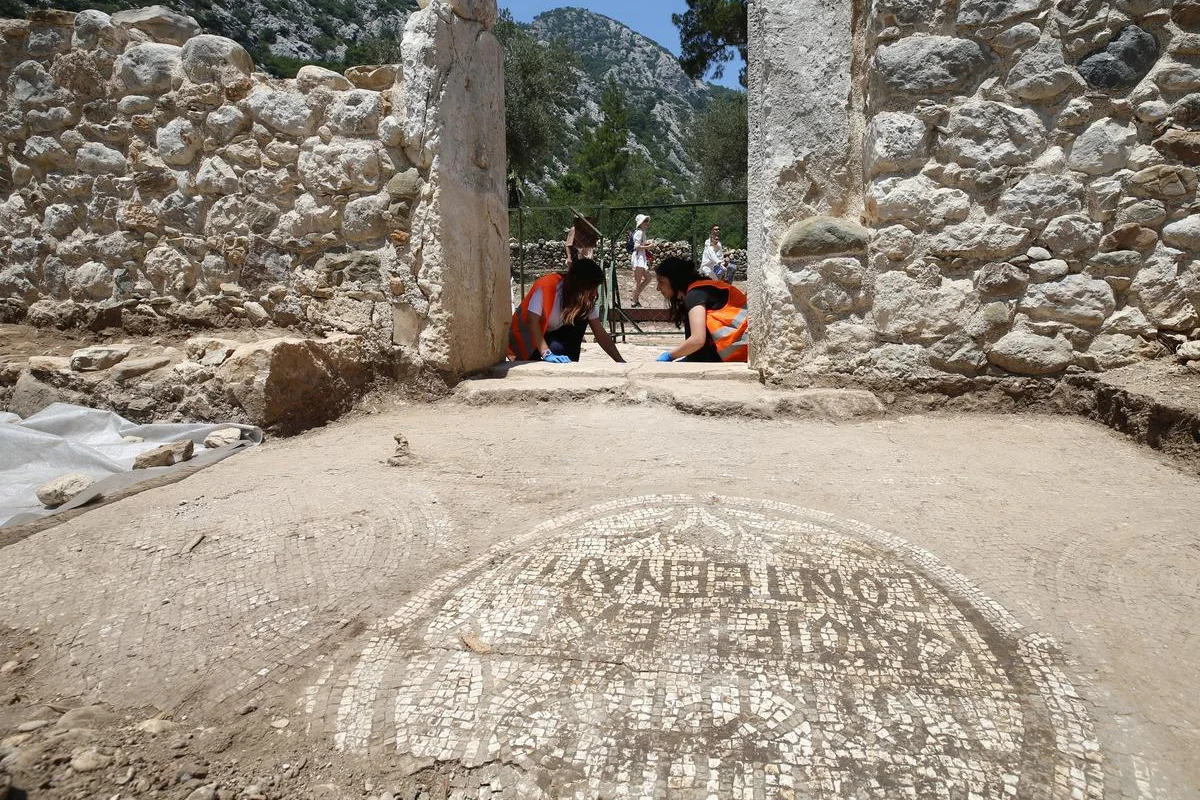In a remarkable revelation, researchers have unearthed a stunning artifact, challenging our understanding of ancient beauty practices. Nestled within Iran's Archaeological Museum of Jiroft since 2001, an exquisite lipstick vial, crafted between 1936 and 1687 BCE, emerges as the oldest lipstick ever discovered.
Crafted from chlorite, the lipstick container exudes sophistication, housing a vivid red pigment that mirrors modern lipstick formulas. This discovery not only illuminates ancient cosmetic rituals but also hints at early branding practices, potentially associated with the Marḫaši elites of ancient Iran.
However, the mystery deepens as we ponder who precisely wielded this ancient symbol of allure. While historical records suggest both men and women adorned themselves with cosmetics, definitive answers remain elusive, underscoring the enigmatic nature of ancient beauty customs.
Delving into the science behind the pigment, researchers employed cutting-edge techniques, unveiling a blend of hematite, manganite, and braunite, enriched with traces of galena and anglesite. Such meticulous analysis underscores the sophistication of ancient cosmetic craftsmanship, offering tantalizing insights into Bronze Age mineralogy and fragrance preferences.
The intricately adorned vial hints at a culture that revered beauty and sophistication, potentially engaging in luxury trade practices. Yet, this tantalizing glimpse into the past prompts further inquiry, inviting scholars to unravel the complexities of ancient social hierarchies and cultural exchanges.
Far from a mere indulgence, ancient cosmetics serve as portals to bygone eras, offering invaluable clues about societal norms, beauty ideals, and artisanal prowess. As Massimo Vidale aptly notes, this rediscovered treasure promises to reshape our understanding of early civilizations, enriching our tapestry of historical knowledge with each stroke of crimson pigment.







